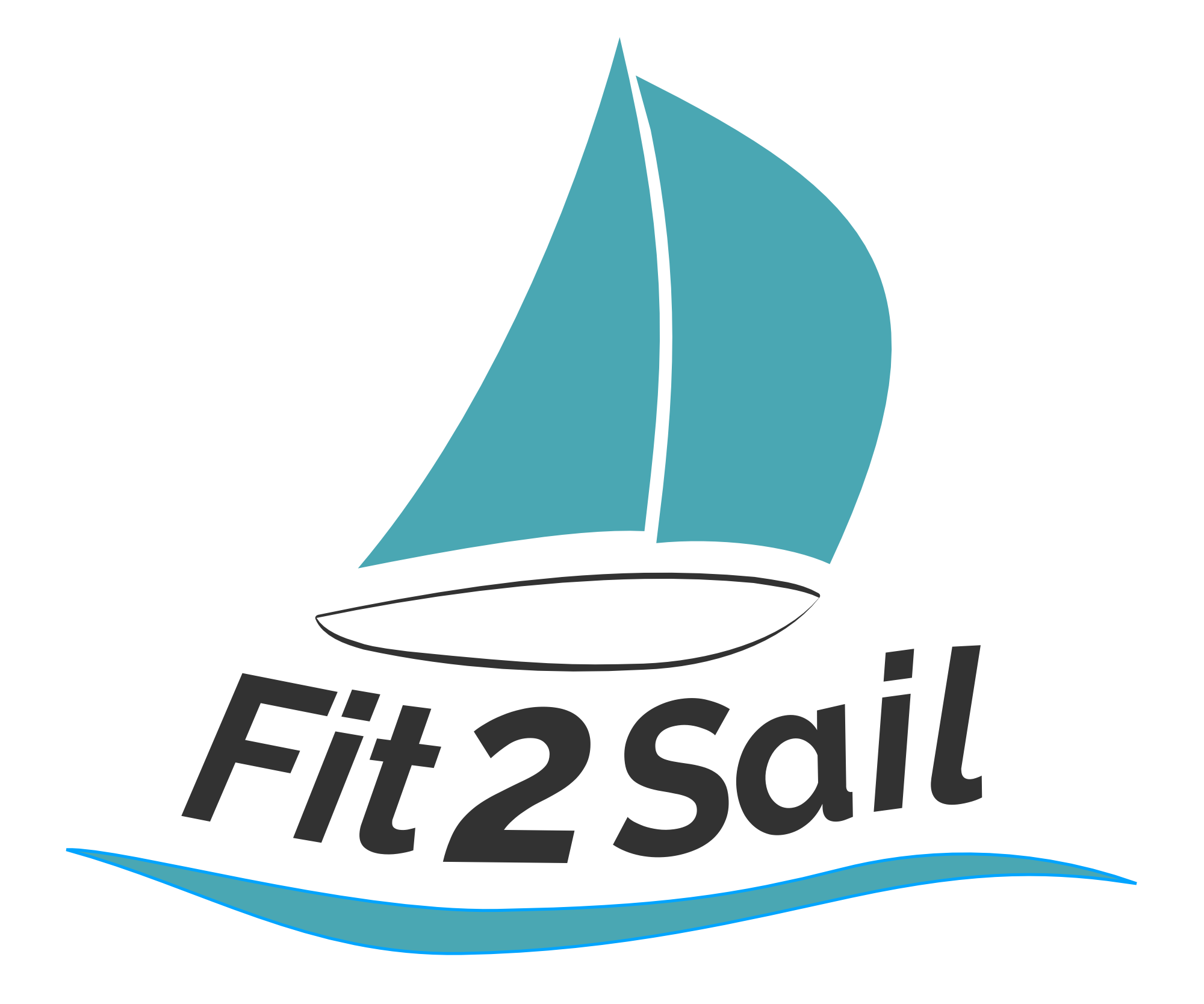Garbage Management On Board
I sit in the cockpit, trying to keep the scissors from flying as the boat rolls downwind. The trash can is wedged in between my feet, the plastic water bottle currently being filled is held in place between the coamings and my knee. I fish a pasta wrapper out of the trash can, roll it like a cigar, and stuff it into the water bottle. Welcome to one of the morning chores on board!
Double duty containers
Garbage management is one of those less-glamorous aspects of life on a cruising boat. It’s one thing when you’re cruising in the US and have easy access to municipal trash services in one way or another. Even then, though, it’s not unusual to go days between places where you can dispose of your detritus. It’s hard to ignore the amount of throwable stuff you generate when you’re carrying it with you for a week or two at a time.
Now imagine cruising in an area where populations are sparse or nonexistent. Even in a majority of settlements in the Bahamas, municipal trash involves either a mountain of everything or a regular plume of black smoke that signifies garbage burn day. There’s a distressing amount of plastic trash on the beaches (a result of onshore winds and waves) and a similar supply along roadsides. We’d prefer not to add to the burden.
Step 1 is, of course, to reduce the amount of trash you generate. Do your best to get rid of excess packaging before you set off. Choose reusable packaging where you can. Make your own salad dressing/tonic water/mayonnaise instead of buying it in disposable containers. This topic is worthy of its own post.
Sunbrella fabric is largely plastic. Don’t burn it!
So much fits in this one bottle!
We met a boat earlier this season who raved about their can crusher. Rather than filling up endless garbage bags with air-filled cylinders, they can generate flattish frisbees that take up way less room in a bag. Lacking one of those, you can stomp on the can and fold in the edges. Point being? Make your trash take up less space. It doesn’t hurt either that getting rid of garbage in the Bahamas often is accompanied by a per bag fee; fewer bags, more money left in the cruising kitty.
Our garbage consists of 4 basic groups. There’s the paper trash. The food scraps. The bottles and cans. And the plastic. Today’s post is largely about plastic.
Paper trash we collect and burn when we find a deserted beach with an already-established burn circle. Common sense dictates that you keep a keen eye on wind, have a ready-source of water, and don’t go wandering away while the fire is burning. Make sure the fire is totally out before you leave, usually by dousing it completely and then smothering it with sand. Don’t do this on a private island!
Food scraps go overboard. We wait until dark, usually, and try to time it so the scraps are flushed out on an outgoing tide. Alternatively you could burn these scraps, though having a container with a sealable lid would be essential in that case to guard against bugs.
Plastic waste. Oh plastic waste. Ugh. Taking a cue from our friends on Sailing Totem, we’ve started picking up water bottles or wider-mouthed Gatorade bottles with tops on them. These are collected from beach trash! My preference is the smaller, pint-sized containers, rather than larger ones; my masher of choice goes to the bottom of the smaller bottles! If we use up something aboard that’s in a plastic bottle, we keep it for stuffing full of the rest of the plastic trash. The Dukes mayonnaise in the photo is a good example . . . Keep the top! All plastic trash goes into these. Grocery bags rescued from the ocean, wine bladders. Pasta wrappers, cookie sleeves, meat wrappers. Dental floss. The sleeve from a roll of Sunbrella fabric we finally used for a canvas project. Beer bottle tops. Anything plastic. Rigid plastic is cut into ribbons or little squares. I use the end of a wooden spatula to mash the stuff into the bottle. An absolutely astonishing amount of plastic trash fits into one small water bottle. As in, what was originally an overflowing trash can becomes a multi-colored, densely packed pint-sized water bottle. Might give a can crusher a run for its money.
We last got rid of trash at Staniel Cay on January 19. It’s March 11 as I write this (obviously a later-post!), and the garbage we’re toting around consists of 5 pint bottles of plastic trash as well as half a 6 gallon trash bag of odds and ends like cans or the spouts for wine bladders. Our last paper burn was a couple of days ago, so the current accumulation is pretty small.
We’ll be in Vermont for a chunk of the summer, and I’m hoping to bring the “stuff plastic trash into plastic trash” concept up there. It reduces the volume immensely, always helpful when we similarly pay a per-bag fee for disposal. And while we can’t throw food scraps overboard, the state of Vermont has a mandatory composting system in place with community composting spots, and there’s a robust recycling program (though where does that recycled stuff actually go is a totally different question . . .)



